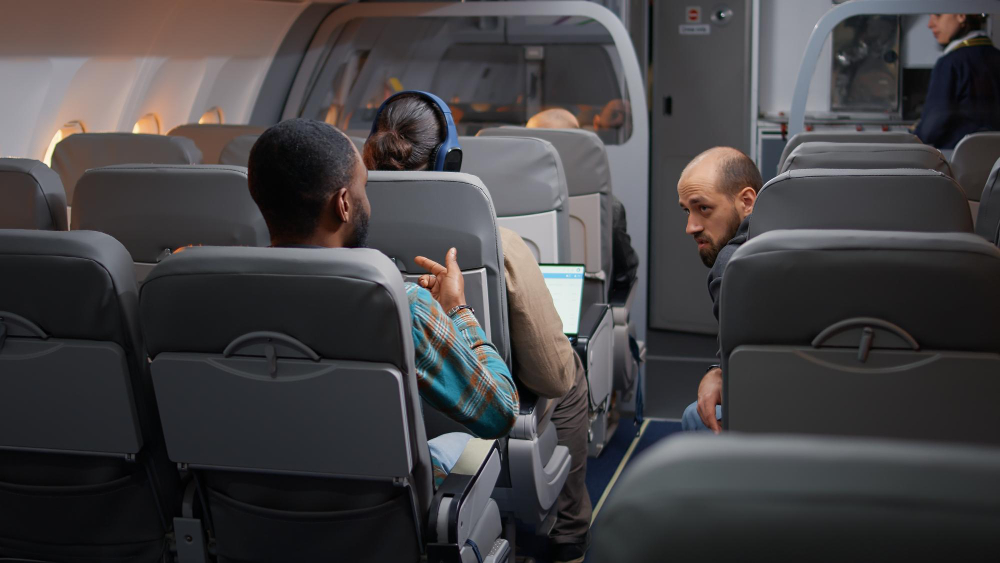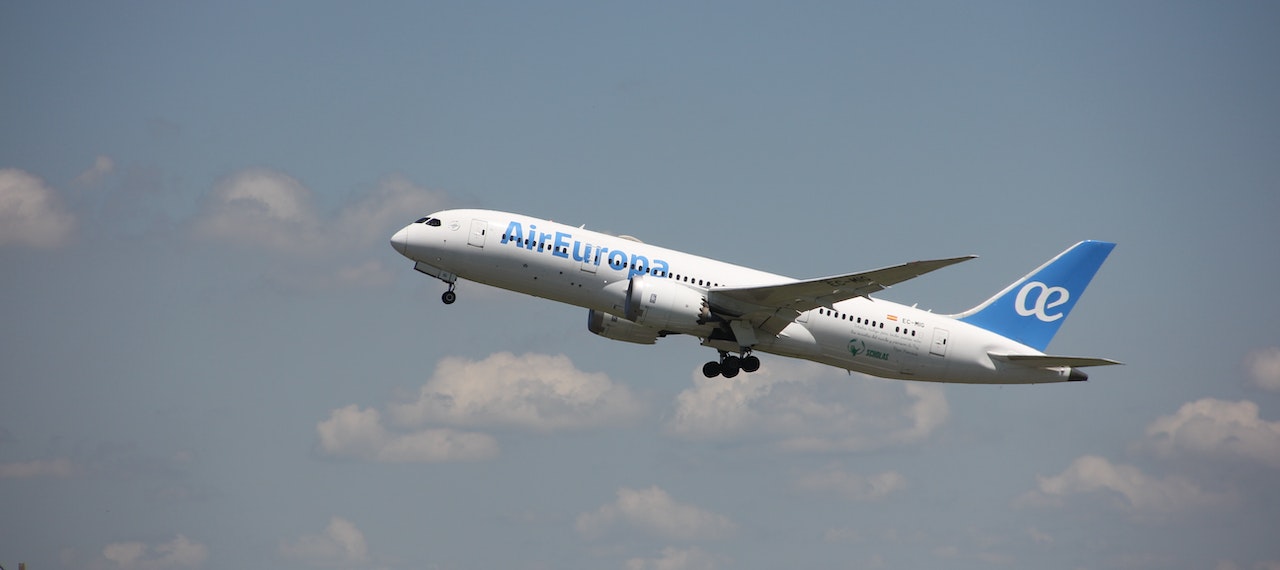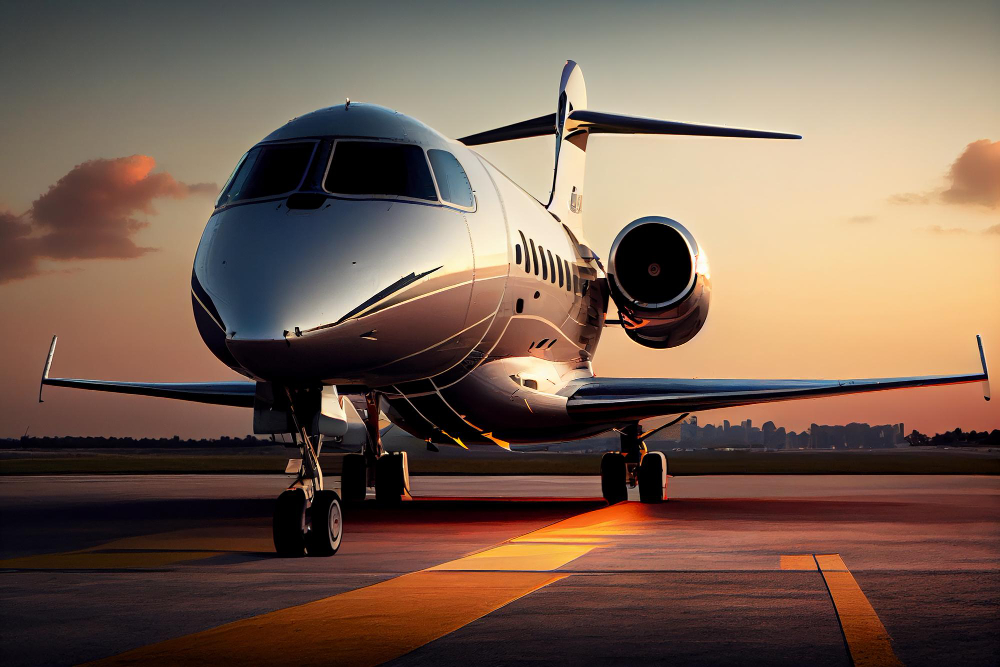The world of flights and airlines is a dynamic and exciting one, and at its heart are airports, serving as the gateway to countless travel destinations. Airports are often the first and last touchpoint for travelers, which is why their design is critical for ensuring efficiency and passenger comfort.
Efficiency in Airport Design:
Efficiency is paramount in airport design to accommodate the sheer volume of passengers, flights, airlines, and ground operations happening simultaneously. From layout planning to security procedures, every detail counts towards a seamless travel experience.
Terminal Layout: Airports are meticulously planned to facilitate easy navigation. Signs and symbols are universally understandable, with terminals and gates numbered or lettered logically. The goal is to expedite the flow of passengers from check-in to their flights, reducing stress and confusion.
Baggage Systems: Efficient airports employ sophisticated baggage handling systems. These conveyance systems are designed to swiftly and accurately transport luggage from check-in to the aircraft, and vice versa.
Runway Configuration: Runways are strategically placed to handle multiple flights simultaneously, reduce taxiing time, and accommodate prevailing wind directions. The placement also considers noise pollution in nearby residential areas.
Technology Integration: Modern airports integrate technology for efficiency. Automated check-in kiosks, e-gates, biometrics for identity checks, and real-time flight information displays help expedite processes and improve the overall airport experience.
Comfort in Airport Design:
While efficiency is crucial, passenger comfort cannot be compromised. Today's airports go beyond being mere transit points to becoming comfortable microcosms of cities themselves.
Seating and Relaxation Areas: Airports offer ample seating, often ergonomically designed. Some provide relaxation zones, complete with reclining chairs or even sleeping pods. They cater to passengers on long layovers or delayed flights.
Services and Facilities: Modern airports feature a variety of services and facilities, including eateries, duty-free shops, free Wi-Fi, charging stations, children's play areas, and sometimes even spas, showers, or hotels. These amenities help passengers relax and enjoy their time at the airport.
Sound and Light: Airports control acoustic and lighting conditions to improve comfort. The use of natural light is common in terminal design. Sound-absorbing materials are used to reduce the noise level in passenger areas.
Art and Green Spaces: Many airports incorporate art installations and green spaces to create a calming and attractive environment. These elements can also provide landmarks to help passengers navigate the airport.
The efficiency and comfort of an airport directly impact a passenger's travel experience. While airports serve as bustling hubs for flights and airlines, they also play a crucial role in setting the tone for a passenger's journey. Today's airport designs prioritize both functionality and passenger well-being, creating a harmonious balance that drives the world of travel forward. As airports continue to evolve, we can anticipate an even more seamless and enjoyable travel experience in the future.

.png)
.jpg)




.jpg)
